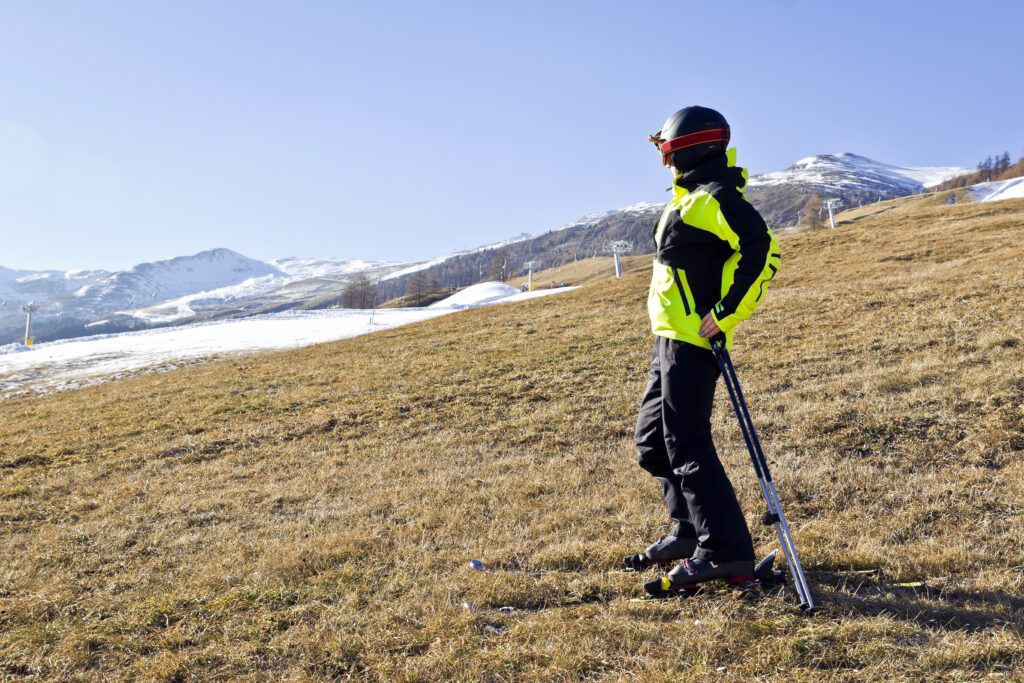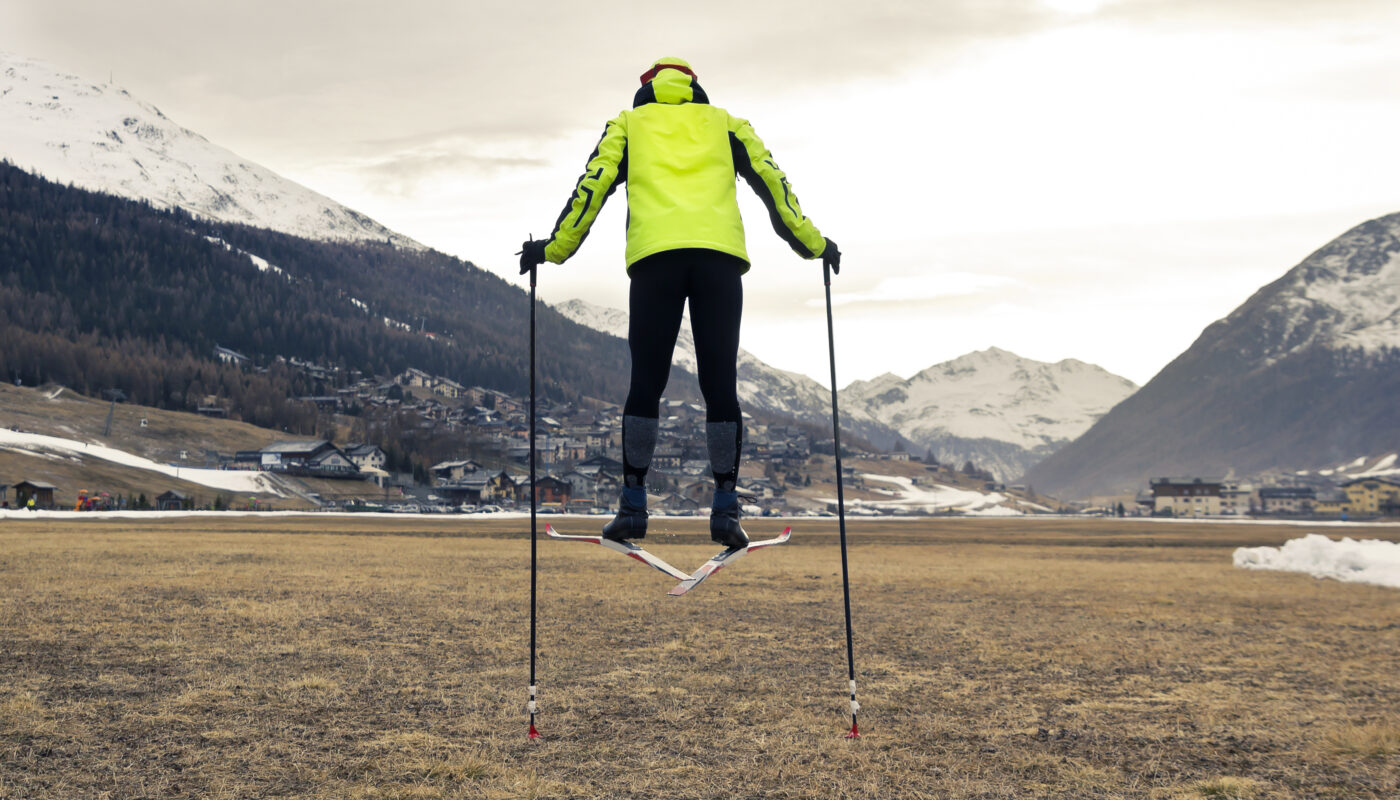By: Matt Abrams
Being humans on planet Earth, we are undoubtedly responsible for maintaining our world’s health and well-being and are accountable for the consequences of not properly caring for it. Regardless of your position, occupation, race, or gender, all human beings are responsible for the health of the Earth’s environment and its atmosphere. One of the most significant factors in regards to the degradation of the Earth is the evolution of climate change. Climate change is the resulting occurrence of increased amounts of carbon dioxide and toxic pollution emissions being trapped within the greenhouse of Earth’s atmosphere and slowly increasing the planet’s global temperature over time. While this slight temperature increase may seem insignificant, it is happening faster and more often now than at any other time in the Earth’s history. The increase in temperature is causing more ice to melt at the North and South poles, which has resulted in sea levels rising around the world, further contributing to erosion and environmental destruction along coastlines that, if not stopped, could result in the widespread destruction of all areas near sea level.

Even in the world of sports, climate change shows no mercy. The current effects of rising global temperatures can be directly seen in sports such as snowboarding, skiing, tennis, and cricket. For winter sports, like skiing and snowboarding that require snow and cold weather, they are the most at risk regarding climate change as average snow levels continue to decrease every year due to the increased global temperatures. With snow levels falling by an average of 0.19% each year according to the EPA, winter sports that require snow and cold weather are at risk of going extinct if changes are not made soon.

Even for other sports, such as tennis and cricket, that dont require snow, they are also suffering from the effects of climate change, but on the opposite end of the spectrum. In 2020, two tennis tournaments, the Australian and U.S. Open, implemented new “heat rules” to promote player safety after a 2019 match reached a record 156˚ on-court temperature in Melbourne, Australia. Similar instances have happened in Cricket leagues across India as well, so new “extreme heat policies” were implemented to make Cricket in India safer. These record high temperatures have also caused financial dilemmas for many Cricket leagues concerning their fanbases. With stadium temperatures reaching 130˚, fans across India are not willing to go to the team matches due to the heat discomfort. As time goes on, more and more sports leagues and franchises will begin to feel the effects of climate change and rising global temperatures in their games. And, unfortunately, adequate and necessary action may not occur until it’s too late to save the Earth and sports from the consequences of climate change.




Really awesome post! I honestly had never thought about this. I feel like there are so many organizations within sports that should be talking about this and working on efforts to spread the word. Your data on the issues was also really interesting. It’s a big enough issue that people are researching it. Hopefully, we will see some change from organizations involved to make policy makers and decision-makers care about it.
Hi Matt, This is interesting content. I cannot imagine how sports are going to be in 50 years with the problem of climate change. I feel we need to go to the north pole to play ski or snowboard. I hope people or organizations who have money and power take this issue seriously.
Matt,
This is a topic I have never really thought about before, so it was really interesting to read your post. It would be so disappointing to see winter sports go extinct. It’s crazy to think that in the next 50 years people won’t be able to practice activities like skiing and snowboarding.
Matt,
This is such an important topic and I think it would invaluable to keep on speaking on to even wider audiences. As you said, it is our responsibility to pay respect and take care of the environment; unfortunately, some groups of people simply do not care unless it is something they are seeing the negative effects of in real-time. I think that highlighting how climate change is negatively impacting sports is a way to draw attention to the harm global warming is really doing. Sporting fans are passionate about matches, games and the athletes themselves and if all of these things are slowly taken away because of climate change it would be devastation for large factions of society and may be the metaphorical straw that breaks the camels back and forces them to play their part in lessening climate change.
This article is very interesting Matt! I never know that there can be heat regulations in sports. Coming from Colorado I am a huge skiing and throughout my life have definitely noticed huge changes in the snow. It feels like I use to ski so much more powder when I was little and now I barely ever see it.
Hi Matt! Super interesting article. I feel like I don’t read enough on this topic and it’s certainly a valuable aspect of the media since so many people participate in sports whether it’s physically being involved or watching it on TV. It’ll be interesting to see how the sports media industry will evolve in the next 20-50 years considering climate change and its impacts.
Hello Matt,
It is good to see more climate issues raised. I firmly believe we have responsibility in regards to planetary stewardship. And I did not know about the issues of snow in regards to skiing and snowboarding. That is alarming by no small measure. This blog post has been nothing but eyeopening.
Thank you.
Matt,
I really like how you connected climate change to the effect it has on sports, interesting and also very true! More people need to be holding themselves responsible for climate change and the toll it takes on our planet.